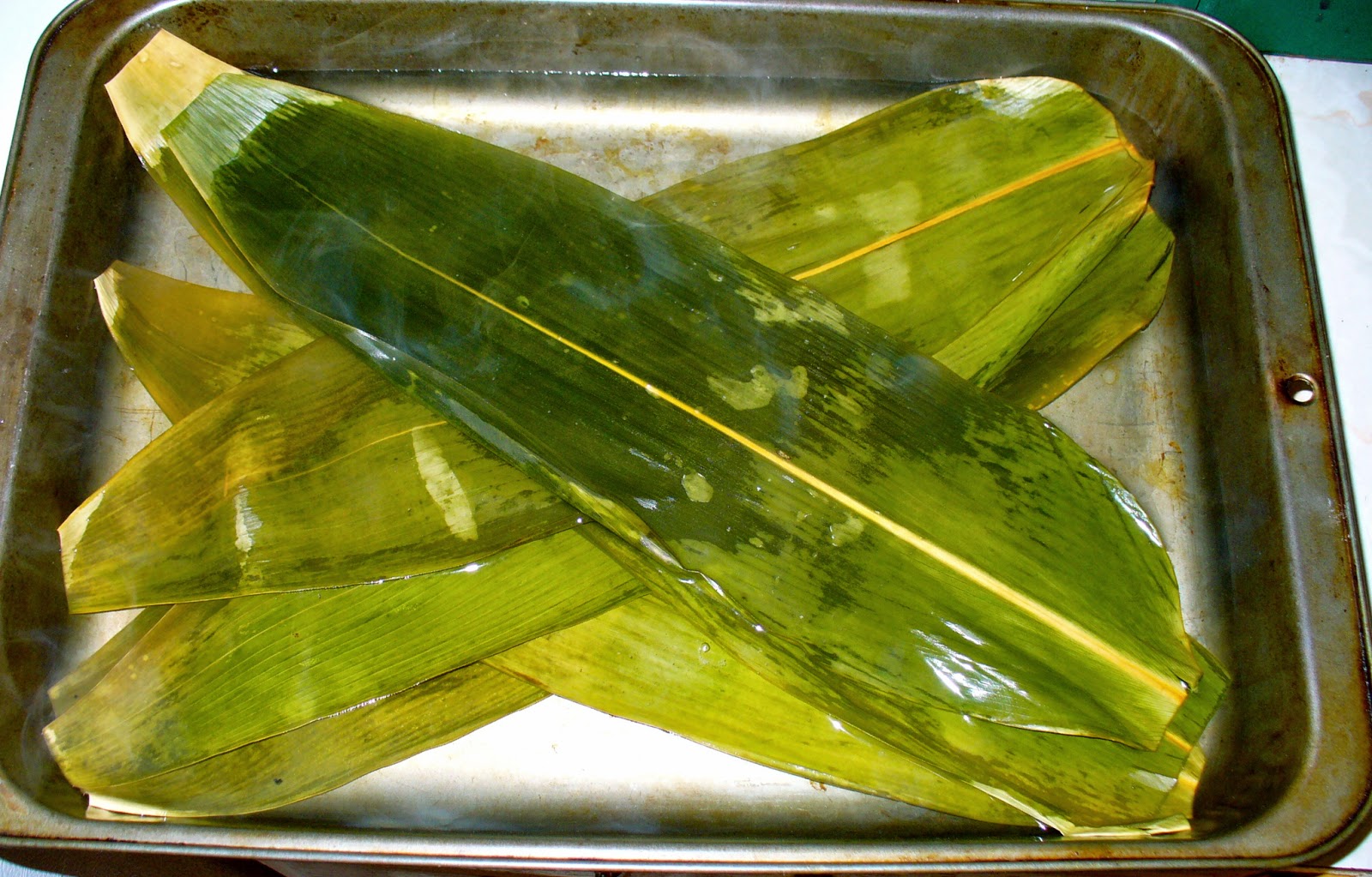On this day everyone watches the spectacular dragon boat races, with the paddlers moving their oars in one fluid motion while the drummer thumps out a rhythm. The races might have begun as a symbolic way to encourage the dragons to fight in heaven and bring rain, so farmers would have good crops. Today, the races are held everywhere from Rome to Seattle, and if you are near enough to see them- how wonderful!
The Chinese call this the Duan Wu Jie (pronounced Dwan woo-oo Jee-eh) or Highest Meridian Festival. A meridian is a high point, as in the sun at the solstice. The Chinese celebrate the solstice today, according to a lunar calendar, so it varies every year. Traditionally this day is dangerous and unhealthy because it’s so strongly yang, putting the forces of ying and yang out of balance.
Agenda Today:
1. A Chinese chant:
The Chinese word for sun is tai-yang, which means “great yang”. Winter is a time of yin energy (shadows), and summer is a time of yang energy (sun).
Some Chinese people greet the sunrise with this chant:
Tai-yang, tai-yang! (tie-yawng) = Sun or “great yang”
Chu yin, (chew in) = Go away shadows
xian yang. (shin yawng) = Now is (the time for) sun
2. Egg-balancing:
It is said that if you can balance a raw egg on its end at exactly noon today, the rest of the year will be lucky.
3. Make a xiangbao:
The Chinese have many customs to protect against the excessive yang energy generated by the sun and moist heat at this time of year. My favorite is the xiangbao (pronounced shang-bow).
 |
| Georgia made a snail. |
Mothers tie these pretty sachets around the necks of children, to keep illness and bad spirits away. Xiangbao are usually silk, and they come in any imaginable shape and size, from a simple pouch, butterflies, hearts, animals- and they often have an embroidered design and a long red tassel.
I made a butterfly xiangbao one year that I’m quite happy with, and my friend Georgia made a snail.

Supplies: Paper, pencil, scissors, silk scraps, fabric pencil, embroidery floss, needle, hoop, iron-on interfacing, potpourri, cord
1- Draw a pattern for the shape of your sachet. What could be a symbol of summer luck? a sun, butterfly, cat... It can be quite small: Mine is 3-inches across.
Also draw the embroidery design you want to decorate the shape with.

2- Iron a piece of silk. Cut out the paper pattern, and trace your shape and design onto the silk with a fabric pencil. Put silk into a hoop.
 |
4- Cut well around the outside of your silk shape, and cut a piece of interfacing a little smaller (so it doesn't stick to your iron).
Iron the two together according to the interfacing directions.

7- Whip stitch the two pieces together, leaving a small hole at the top.
9- Insert the ends of a long loop of cord, and close the hole.
4. Make zongzi (dumplings):
Everyone eats at least one zongzi rice dumpling today to bring good luck. Originally zongzi (pronounced zong-za) might have been an offering to the dragons who brought the summer rain.4. Make zongzi (dumplings):
Zongzi are filled with many different things- I used sweet red bean paste.
Ingredients:
- 1-1/2 c. sticky (glutinous) rice
- 6 large bamboo leaves (sold in Asian food stores)
- 1 c. sweet red bean paste
- 6 pieces of string
 1. Put bamboo leaves in a large flat pan and cover with boiling water. Simmer for 30 minutes, then turn off the heat and soak another 30 minutes.
1. Put bamboo leaves in a large flat pan and cover with boiling water. Simmer for 30 minutes, then turn off the heat and soak another 30 minutes.  2. Meanwhile, rinse the sticky rice and soak in cold water for 1 hour. After 1 hour, rinse the rice again and drain.
2. Meanwhile, rinse the sticky rice and soak in cold water for 1 hour. After 1 hour, rinse the rice again and drain. 
3. Drain the bamboo leaves. Twist one leaf into a cone, with a little tuck in the back.
 4. Hold the cone in one hand and scoop in 2 spoonfuls of rice.
4. Hold the cone in one hand and scoop in 2 spoonfuls of rice. 5. Make an indentation for a spoonful of red bean paste. Cover with more rice.

6. Fold the top of the leaves over, squeeze gently into a triangular packet, and tie tightly together with a piece of string (this is tricky and takes some practice, but the dumplings hold together amazingy well no matter how badly you tie them.)

7. Repeat for the other dumplings. Boil in a pot of water for 25 minutes.
8. Cut the strings, open, and serve.
5. Throw zongzi in the water:
Another tradition (that seems to tie things together in my mind) is to throw zongzi into the river, as an offering to the Dragon King, the divine ruler of the ocean. The Dragon King lives in an underwater crystal palace, and can manipulate the weather and bring rainfall.
I will take one zongzi to the creek to offer the Dragon King (and probably the ducks as well).





































